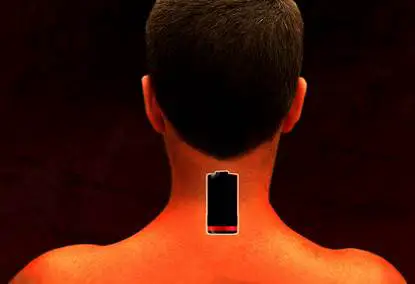 Not all light is visible to humans and there are also forms of energy that aren’t light but that we still need to be able to see, interpret and analyze in scientific projects. Scientists use so-called false color to visualize data from light outside the visible spectrum, or other invisible energy, so that they can lean more about the information they collect and communicate their findings to others.
Not all light is visible to humans and there are also forms of energy that aren’t light but that we still need to be able to see, interpret and analyze in scientific projects. Scientists use so-called false color to visualize data from light outside the visible spectrum, or other invisible energy, so that they can lean more about the information they collect and communicate their findings to others.
A digital camera is a commonplace example of this technology
Your digital camera works in the same way as some of the scientific instruments aboard space stations! A sensor in the camera collects the brightness of the red, blue and green light coming from an object and records these brightness levels and numbers. Then, the three datasets are combined using the RBG channels of a PC monitor to create a visible image.
Natural color images
Some instruments onboard satellites can capture visible light – light that the human eye can see and interpret – and create natural (or true) color images. This gives us the same image that we’d see if we were lucky enough to be on the satellite ourselves, looking down on the earth – an amazing sight!
False color images
Companies like Bitplane.com create and use image visualization software to manipulate the brightness values taken from regions of the spectrum that we can’t see. These images are still created using the RBG channels, and they can reveal patterns, structures and compositional features that we wouldn’t be able to see otherwise. We’ve learned a lot about the gas giant planets of Jupiter, Saturn, Uranus and Neptune with this tech. Mineral deposits on the rocky planets have also been detected using thermal imaging systems.
Color maps
Color maps are used a lot to visualize a data set with just one particular value, such as temperature, salinity or rainfall. Most often, the values of the data are mapped using a color scale that ranges from minimum to maximum. Most of us are familiar with maps of the globe showing average monthly temperatures, or average lifespans, for example. Generally, the darker the shade or color, the higher the value, although this isn’t always the case.
Many satellite images that show the salinity of seas and oceans use darker blue to show areas of lower salt and this becomes lighter with the increase of salinity.
Many maps use color scales that are intuitive, especially temperature maps. We associate blue with cold and red with hot, so many heat maps range from blue, through green and yellow to red to indicate increases in temperature, either over time or over regions.
It’s not always what it seems, though…
While we can see temperatures at a glance – the equatorial regions always seem to be red in our mind’s eye – red doesn’t always mean danger, or hot, or bad in any way. Projects that examine the amount of chlorophyll in the ocean tend to use red to indicate high amounts. This isn’t even remotely dangerous – it represents the phytoplankton that are the basis of the all-important ocean ecosystem!
[Image via: Google Images]



